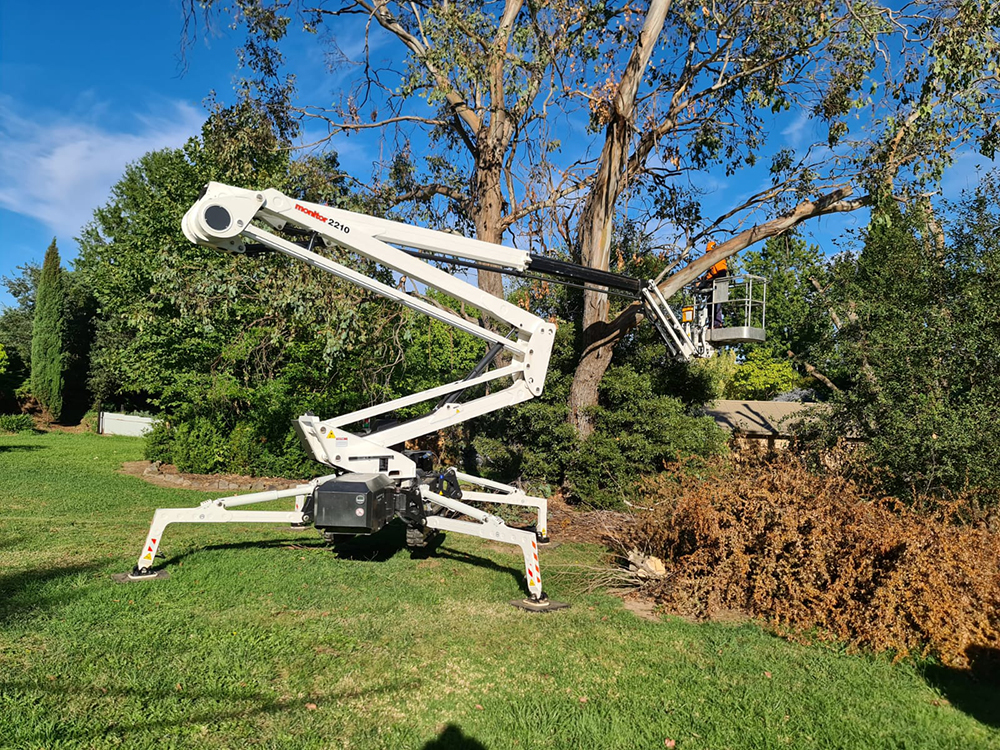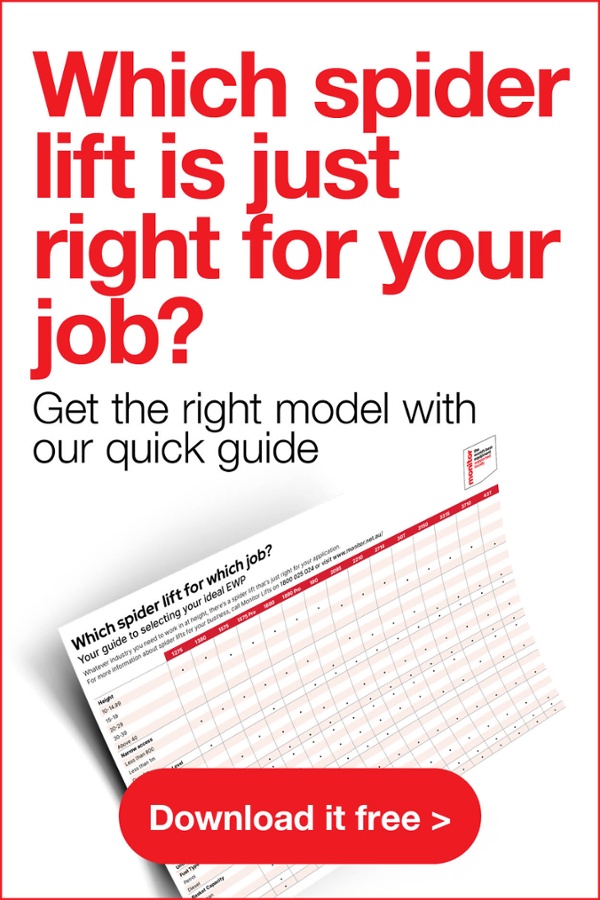A look at the benefits of EWPs for tree cutting
As a professional arborist, you may think that it’s simply quicker to climb a tree (thanks to less setup time) than it is to use a spider lift (also known as an EWP, Elevated Work Platform, cherry picker or boom lift).
But are those potential time savings worth the increased risk you take when climbing a tree? Let’s take a look at the safety aspects of using a spider lift.
The dangers of climbing a tree
Let’s face it, climbing trees is a dangerous job. Even when you wear a safety harness, there are many things that can go wrong – even if you have years of experience.
You don’t want your anchor points to be compromised by rot or borers – leaving you with a one-way trip to the ground. Then there’s the added risk of wind and weather, and the fatigue that can set in on the last job of the day.
Why a spider lift is a safer option for arborists
To use a spider lift, you’ll need to pass a High-Risk licence wherever you operate Australia-wide. That means when you do get operational, you’ll know how to use the machine correctly and safely. Quality lift providers such as Monitor offer comprehensive training on how to use their equipment.
Spider lifts can be of great value when you’re adding employees to your team. Instead of having to learn to climb trees safely – which can take years – training new team members to use a spider lift can have them up and running in just a couple of days.
Then, learning the best way to cut trees is far easier from an EWP. There’s limited chance of slips, trips or falls with a spider lift, which means fewer Workers’ Comp claims. And you can hold a chainsaw with two hands from the safety of a spider lift basket, rather than having to use one hand to hold a steadying rope.
It’s not just trees where spider lifts can be used. They’re a safer option than ladders for trimming hedges too. And if you’re dealing with a dead or condemned tree, an EWP gives you more control when dropping branches to the ground – and avoiding your client’s valuable assets below!
Fatigue is less of a factor with spider lifts as well. Instead of climbers being increasingly worn out across the working day, they should be able to make better – and safer – decisions when they’re up and cutting. With less fatigue to deal with, instead of climbers being physically worn out in their thirties, they should be able to enjoy a longer and more successful career as an arborist.
And who knows, when you’re less fatigued after work, you could have more energy to spend on quality time with your family and friends!
Choosing the right spider lift for your business
It’s pretty clear that a spider lift is the safer and more efficient option for arborists. So how do you select the right machine for your business?
A good tip is to look for a spider lift that’s certified to rigorous Australian Standards. Though you might think this is a ‘no brainer’, it’s a fact that you will find some machines out there that are not certified.
Australian Standards for spider lifts include:
- Drop testing from 1.8 metres using a 136kg weight
- Ensuring all components are checked by independent engineers
- Providing a risk and hazard assessment with every machine
- Undergoing a Finite Elements Analysis (FEA) to assess the structural design
- Tested and rated for safe use in windy conditions (up to 45km/h)
Talk to us about spider lifts for arborists
To find out how a spider lift could offer your arborist business a more efficient access solution, call Monitor on 1800 025 024 or contact us online.





